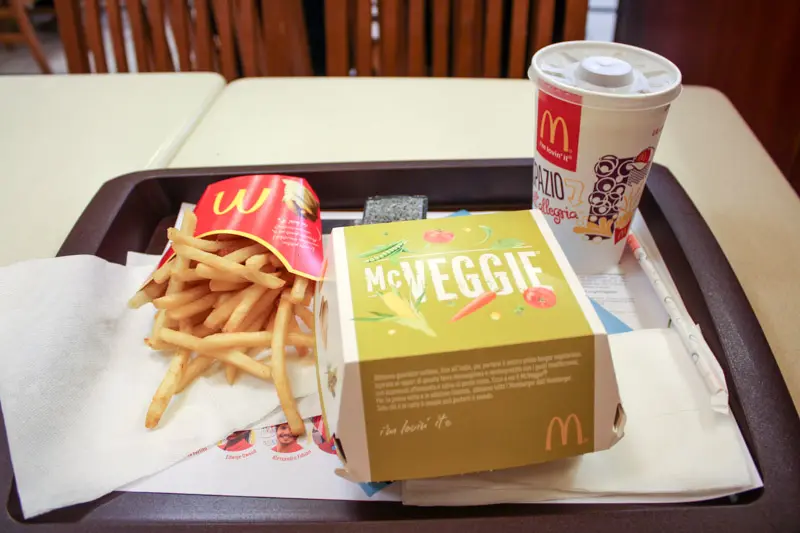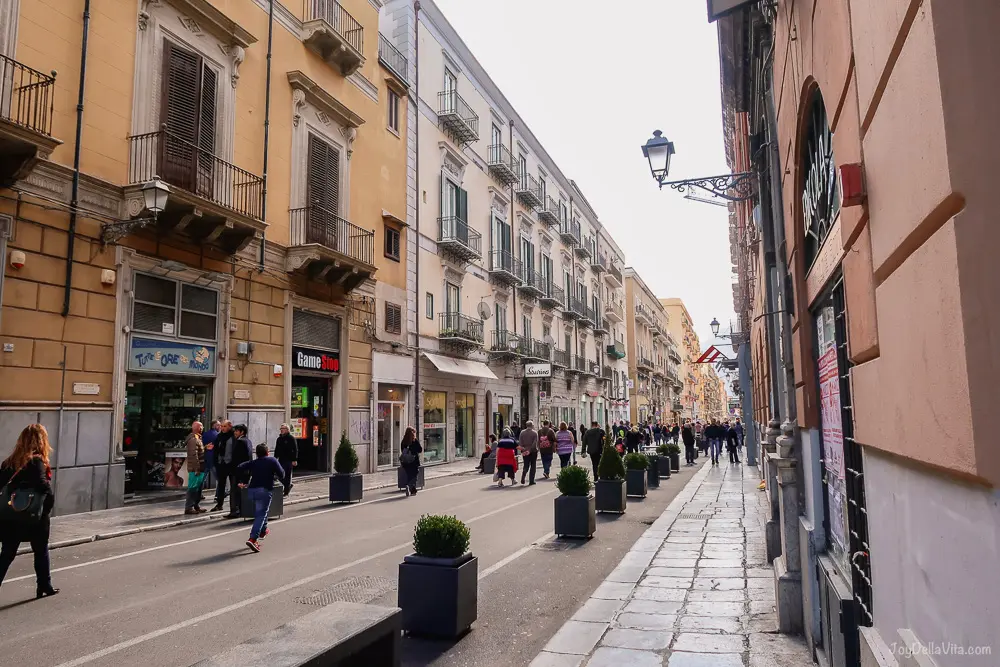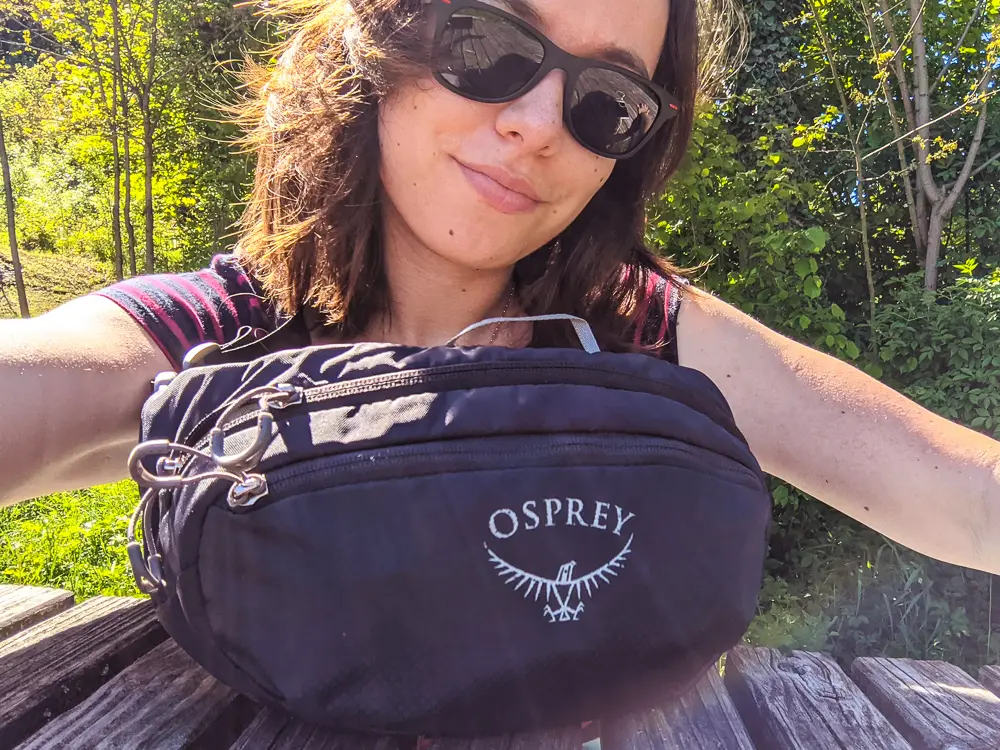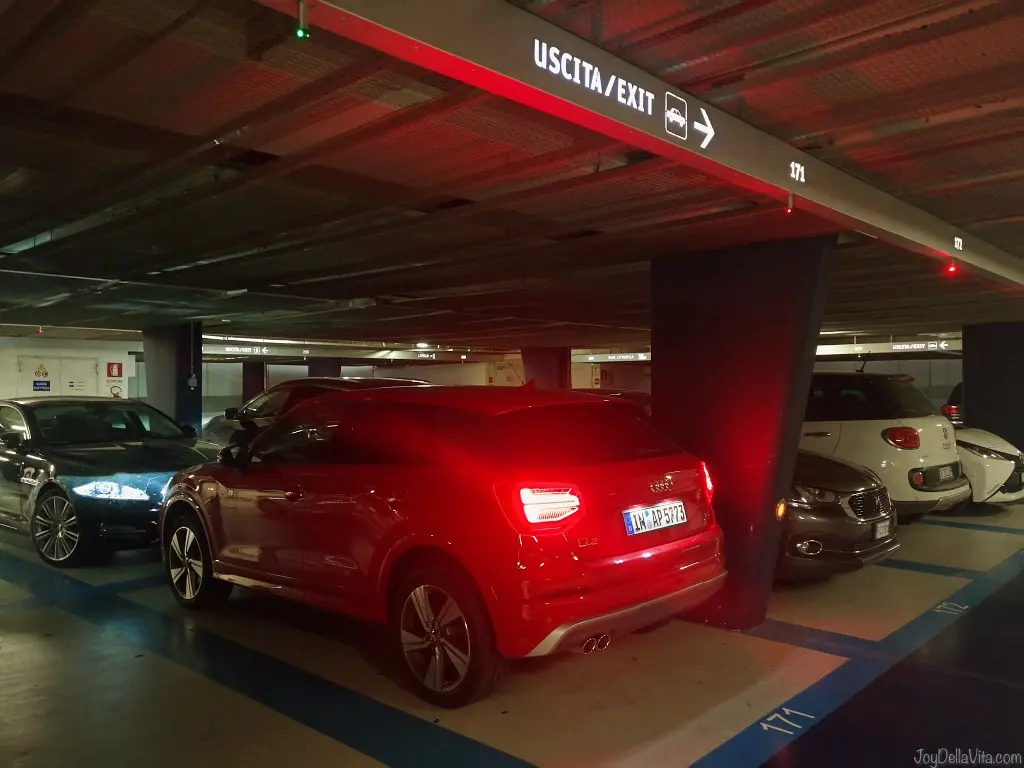Avoiding a mild heat stroke while travelling is essential to ensure your health and safety during hot weather conditions. Whether you’re exploring a tropical destination, hiking in the desert, or simply navigating a scorching urban environment, following these guidelines can help you stay cool and prevent heat-related illnesses.
By following these precautions and being aware of your body’s needs, you can reduce the risk of a mild heat stroke while travelling and enjoy a safe and memorable journey, even in hot climates.
How to avoid heat stroke
- Stay Hydrated: Dehydration is a leading cause of heat stroke, so drink plenty of water throughout the day. Carry a reusable water bottle and sip water regularly, even if you don’t feel thirsty. Avoid excessive alcohol and caffeine consumption, as they can contribute to dehydration.
- Dress Appropriately: Wear loose-fitting, lightweight, and light-coloured clothing to allow proper air circulation and reflect the sun’s rays. A wide-brimmed hat and sunglasses can also provide additional protection from direct sunlight.
- Seek Shade: Whenever possible, take advantage of shaded areas to rest and cool down. Avoid prolonged exposure to direct sunlight, especially during the peak heat hours between 10 a.m. and 4 p.m.
- Plan Outdoor Activities Wisely: If you have outdoor activities on your itinerary, schedule them during the cooler parts of the day, such as early morning or late afternoon. Take frequent breaks in the shade to prevent overheating.
- Use Cooling Accessories: Carry a portable fan, cooling towel, or a handheld misting spray to help lower your body temperature when you feel overheated. These items are compact and can provide instant relief.
- Monitor Your Body: Be mindful of any signs of heat-related illness, such as dizziness, headache, nausea, rapid heartbeat, or excessive sweating. If you or your travel companions experience these symptoms, immediately find a cool and shaded place, and seek medical assistance if necessary.
- Acclimatize Gradually: If you’re travelling to a significantly hotter climate, give your body time to adjust by gradually increasing your exposure to the heat over a few days.
- Eat Lightly: Opt for smaller, more frequent meals that are easy to digest and avoid heavy, hot foods. Fresh fruits, salads, and cold sandwiches can help keep you nourished without adding extra heat to your body.
- Know Your Limits: Recognize when it’s time to take a break or modify your plans. Pushing yourself too hard in extreme heat can lead to heat exhaustion or heat stroke.
In the past, I already wrote about My Tips on how to cure a mild heat stroke when travelling.
signs of heat exhaustion or heat stroke
Common signs of heat exhaustion include heavy sweating, weakness, dizziness, nausea, headache, and muscle cramps. The skin may feel cold and clammy. Symptoms of heat stroke include hot and dry skin, confusion, rapid heartbeat, high body temperature, and unconsciousness.


what to do if you are experiencing a mild heat stroke while travelling
Experiencing a mild heat stroke while travelling can be a frightening and dangerous situation, but it’s essential to remain calm and take immediate action to alleviate the symptoms and prevent the condition from worsening. Here are some steps to follow if you or someone you are with is facing a mild heat stroke during your journey:
- Find shade or a cool area: Move to a shaded spot or any place with air conditioning to escape the heat and lower the body temperature. If indoors, turn on fans or air conditioning to create a cooler environment.
- Hydrate: Drink plenty of water or electrolyte-rich beverages to rehydrate your body and replace the fluids lost through sweating. Avoid alcoholic or caffeinated drinks, as they can contribute to dehydration.
- Rest: Sit or lie down in a comfortable position to reduce physical exertion and give your body a chance to recover from the heat.
- Cool the body: Apply cool, damp cloths or use a spray bottle with water to mist your skin. Placing ice packs or cool packs wrapped in a cloth on pulse points like the neck, wrists, and ankles can also help lower body temperature.
- Loosen clothing: Remove tight or unnecessary clothing to allow your body to cool down more efficiently.
- Seek medical assistance: If the symptoms persist or worsen, or if the individual becomes disoriented or loses consciousness, call emergency services immediately or go to the nearest medical facility for professional help.
Remember, heat stroke is a severe medical condition that requires immediate attention. If you suspect that someone is experiencing a severe heat stroke, don’t hesitate to seek medical help and call for emergency assistance. Prioritizing your health and safety is crucial when travelling in hot and humid conditions.










Leave a Reply